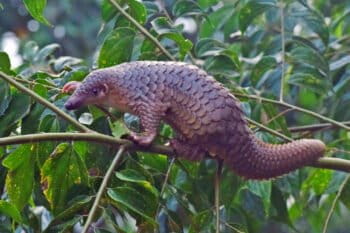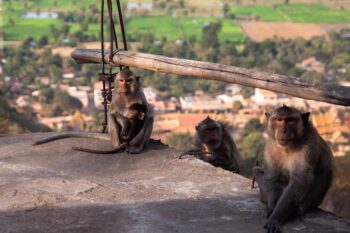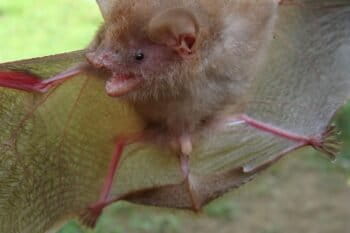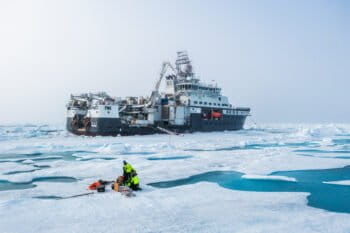The Nigerian Parliament recently passed sweeping legislation to protect endangered wildlife from illegal trafficking. Once the president signs it into law, offenders could face fines of up to 12 million naira ($8,300) and up to 10 years in prison for trafficking elephant ivory, pangolin scales, and other products from threatened species.
The bill, hailed as one of the toughest legal deterrents to wildlife crime in West Africa, is a big step forward for conservation policies, but experts warn that without strong enforcement capacity, it risks becoming little more than a paper victory.
Recently passed by the Nigerian Senate on Oct. 28, the Endangered Species Conservation and Protection Bill 2024 aligns Nigeria more closely with international conservation agreements, including CITES.
“This new bill addresses long-existing gaps in our legal framework,” Terseer Ugbor, the bill’s sponsor and deputy chairman of the House Committee on Environment, said in a call with Mongabay. “The old law was riddled with ambiguities. It failed to specify whether its provisions applied only to international wildlife trade or also to domestic transactions.”
The new legislation expands the list of protected species, toughens deterrent penalties and empowers the courts to freeze assets tied to wildlife crimes. It also grants government agencies the power to close interagency enforcement and prosecution gaps that traffickers have abused for decades.
Nigeria is an established global hub for wildlife trafficking; in April 2025, more than 3.7 metric tons of pangolin scales, representing more than 1,900 animals, were seized in Lagos. Estimates suggest that between 2010 and 2021, upward of a million pangolins, nearly 90,000 animals per year, were trafficked through Nigerian networks. And in 2024 alone, nearly 1.6 metric tons of ivory were seized in Vietnam and traced back Nigeria.
Despite Nigeria’s well-known position as a transit point for wildlife smuggled from Central and West Africa to buyers in Europe, the Middle East and Asia, successful prosecutions for wildlife crimes are rare. The government has secured just 12 convictions in the last three years.
Given the scale and history of wildlife crime in Nigeria, Tunde Morakinyo, executive director of the Africa Nature Investors Foundation, is “excited” by the bill but remains cautious about what the new legislation can achieve in practice. “A law is useless without enforcement. Training, equipment, agency coordination and public education are required for effective implementation,” he told Mongabay.
Still, regional observers see Nigeria’s move as part of a broader trend in West Africa. Countries including Togo, Benin and Côte d’Ivoire have also recently stiffened penalties for wildlife crime amid international pressure to combat trafficking. Given Nigeria’s central role in the wildlife trafficking network, effective enforcement there could have ripple effects across the region.
“With stricter laws, improved enforcement and widespread campaigns, Nigeria could move from being a hub for wildlife trafficking to a leader in conservation,” Mark Ofua, West Africa representative for Wild Africa, told Mongabay.
Banner image of a pangolin by Frendi Apen Irawan via Wikimedia Commons.





